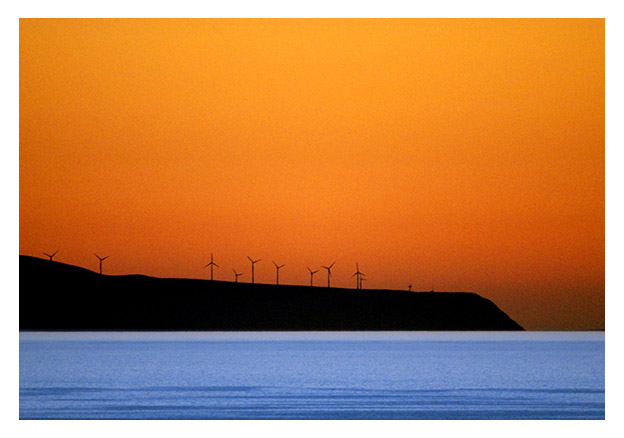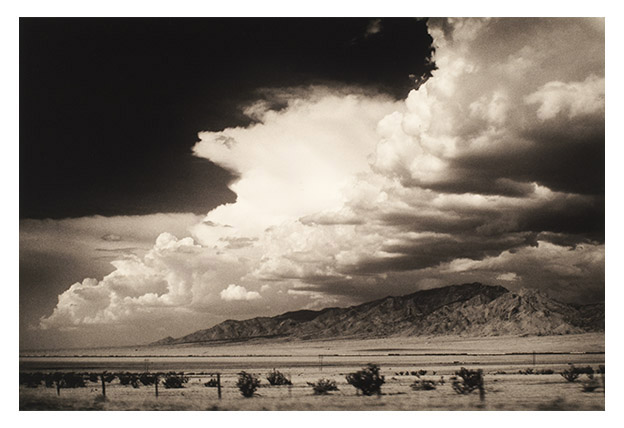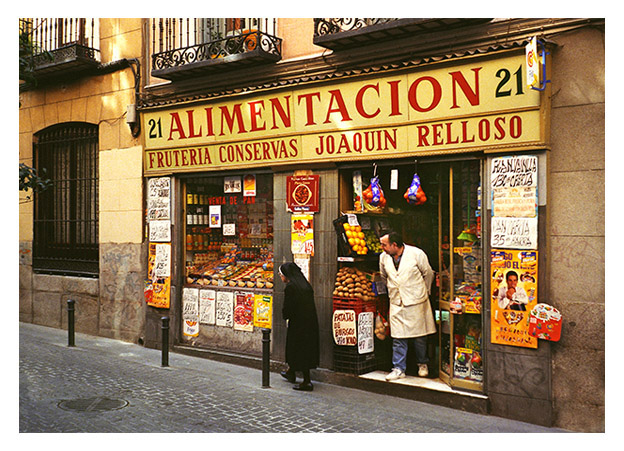Articles
Colour to Black and White Conversion
Digital Infared Photography
Making 3D Anaglyphs
Focusing the tilt-shift lens
As I mentioned in my brief biography, I have been a working photographer for nearly thirty years and an amateur for a few years before that. In that time, I have owned or used many different cameras systems and studied the techniques of some of the masters. In fact I still consider myself a student in many ways as there is always more to learn - and practice makes perfect.
I miss the ritual of setting up my old Linhof field camera but I still use the patience and precision it taught me when I put my digital camera on a tripod. I was never one to use the shotgun method of capture for landscapes. That is, take a whole lot of shots and hope one will be something like I wanted. Not always but most of the time, with practice and patience, it is just a matter of squeezing the shutter when everything is right. That is, if you are almost certain you cannot improve the scene by changing position or choosing a different lens, the exposure and aperture are going to give the tonal range and depth of field necessary, then trip the shutter. If things aren’t quite right and you can change things – do so! I’m not advocating procrastination but confidence. Practice will lead to confidence.
Currently I am onto my third Canon DSLR. I started with a 20D, which I quickly outgrew, then went on to a 5D. I now have a 5D mkII and I am finding it hard to dislike much about it. I especially like the live view in silent shoot mode As for lenses, I’m currently using a 17-40mm f4, 24-105mm f4, 35mm f1.4, an 85mm f1.8, 200mm f2.8 24mm and 45mm tilt/shift lens, a 100mm macro and a 100-400mm zoom.
You can find excellent reviews of all the Canon gear at The-Digital-Picture
To those new to photography – try to resist the temptation of buying too much equipment too soon. You are better off taking thoughtful consideration to what you need then get to know that equipment well before venturing out to buy new things. Look at the work of masters such as Cartier Bresson, who I believe shot almost exclusively with a 50mm (standard) lens – not even a zoom. Imagine that these days!
I was once considered a fine printer of traditional black and white images but sadly I do not have a darkroom anymore and I am out of the practice needed to sustain the standard. I still have many traditional prints (hand made by me) in storage but once they have been sold that will be it. I have yet to be satisfied with commercially made prints from my negatives. Even with my detailed instructions they always seem to look like someone else’s interpretation of what I was looking at. Today I only capture digitally or scan negatives and transparencies from my collection and make all of my prints digitally. This allows superior control over everything from dynamic range, colour correction and image tonality to its wonderful ability to be printed on an increasing range of beautiful, archival paper surfaces. In my opinion digital colour printing now far surpasses what could be done by traditional chemical based processes of only a few years ago. Where I used to dodge and burn black and white prints in the darkroom then carefully retouch them with fine brushes and pigment dyes, I now find myself working mainly in colour, making luminosity masks, adjustment layers and a host of other fine tuning techniques whilst all the time being aware of my working space, colour gamut and printing profiles. Printing ‘feels’ easier these days but there is so much more to think about when making a fine print – I really enjoy the process.
I hope to post more articles on particular techniques or equipment I use. It is sometimes difficult to find something that has not been written to death about on the internet, hence some obscurity to my articles. Feel free to e-mail me with suggestions for new articles.
If you have enjoyed, gained knowledge or been inspired by my website and would like to show your appreciation. You can help with the continued development of new articles and the general upkeep of the site by making a donation here.
Each month everyone who has donated will go into a draw to win one of my signed Fine Art prints.
No personal info will be stored or passed on.



